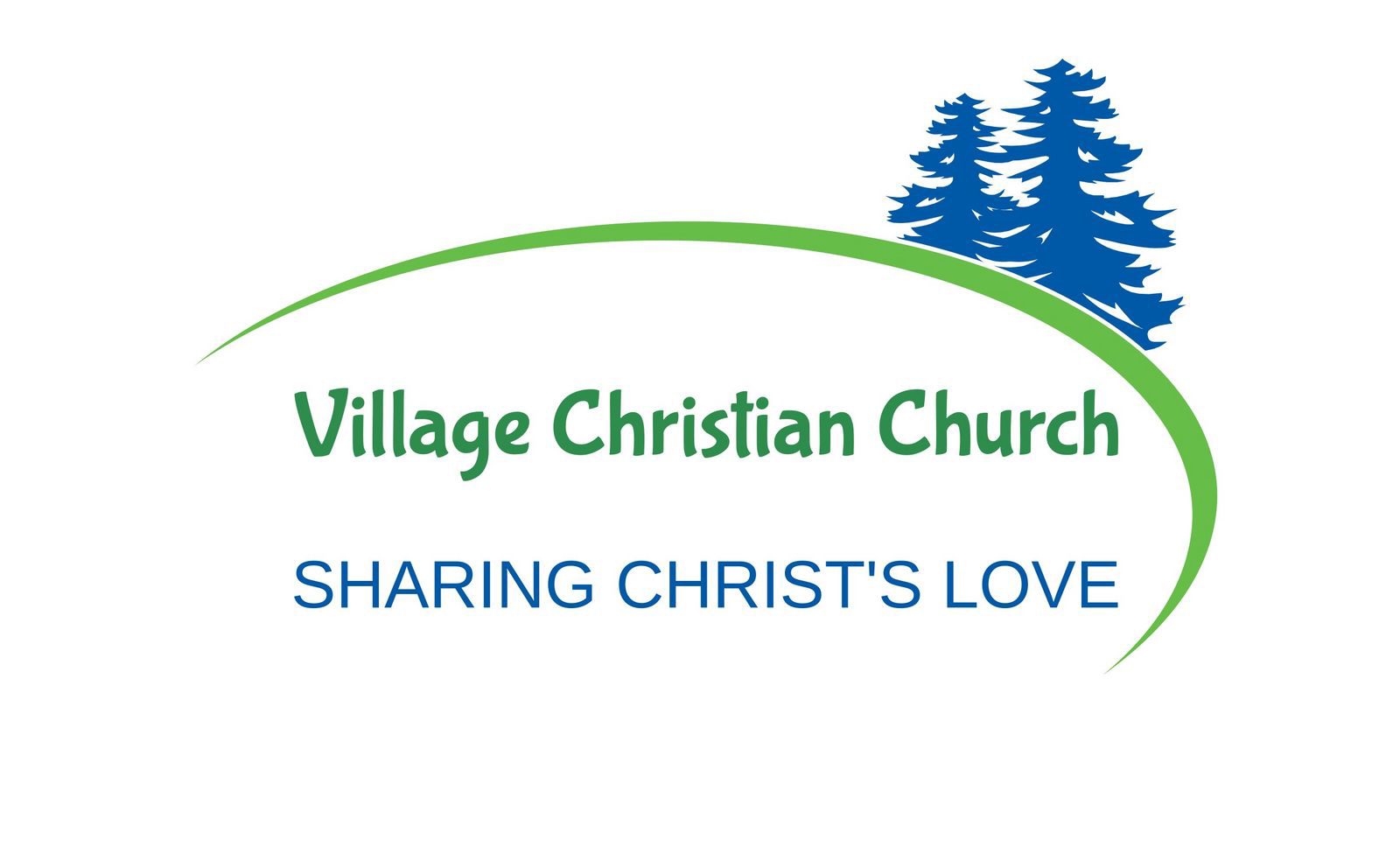#6 The Tabernacle/Temple and Christianity
#6: “The Tabernacle and Christianity”
SCRIPTURE: Exodus 25-28; Hebrews 9-10
INTRO:
In Exodus, chapters 25 through 28, God gave Moses detailed instructions for a “sacred
tent,” or “tabernacle,” that would, eventually, be replaced by the Temple in Jerusalem, which
Solomon would build.
On the screen, you can see the layout of the Tabernacle and the things in the outer
court.
Around the “sacred tent” was an outer courtyard. Only Jews were permitted; Gentiles
were forbidden. As a Levitical priest would enter that courtyard, the first thing he would
come to was the alter of burnt offerings. The second thing he would come to was a laver of
water.
On beyond the laver of water was the entrance to a large room called the Holy Place.
Inside this large room were three things: a Menorah, or Golden Candlestick; a Table of
Shewbread, or unleavened bread; and an Alter of Incense.
Beyond the Alter of Incense was a curtain or veil that separated this large room from a
smaller room. The smaller room was called the Most Holy Place or the Holy of Holies. In that
smaller room was a large chest called the Ark of the Covenant. In it were the stone tablets on
which were inscribed the Ten Commandments, Aaron’s rod, and some of the manna which
God had provided when the Israelites were wandering in the wilderness.
The Holy of Holies was also the place of God’s presence.
Only priests could enter the Holy Place, but only after they had offered an animal in
sacrifice on the alter, washed in the laver of water, and put on clean robes.
Once they entered the Holy Place, where the Menorah was the only light, they would
perform their duties, igniting the alter of incense from coals from the alter of sacrifice, and
eating the bread from the table, which had to be replaced every seven days.
Only the high priest could go into the Holy of Holies. He did this once a year, on the
day that was referred to as “the day of atonement.” He would offer sacrifice on the alter (a
bull for himself and a kid goat for the people), wash in the laver, put on a clean robe, go into
the Holy Place, then lay aside his robe, put on special garments, and go into the Holy of
Holies, and sprinkle blood on the lid of the Ark amid smoke from burning incense. After
exiting the Tabernacle, a second goat, called “the escape goat,” or “scapegoat,” would
symbolically carry the sins of the people off into the wilderness.
Now, this whole system, including the physical Tabernacle and its furnishings, is a
“type” of Christianity that was to come through Christ.
Listen carefully. Understanding this is a vital key to understanding Christianity and
our relationship with God through Christ.
In the New Testament, in the book of Hebrews, chapters 9 and 10, the writer explains
how all this stuff concerning the Law, the Tabernacle and the Levitical priesthood are only
temporary “types” of what was to come when the Messiah came. Hebrews 9:23 says: “These
things are only copies of what is in heaven…”
